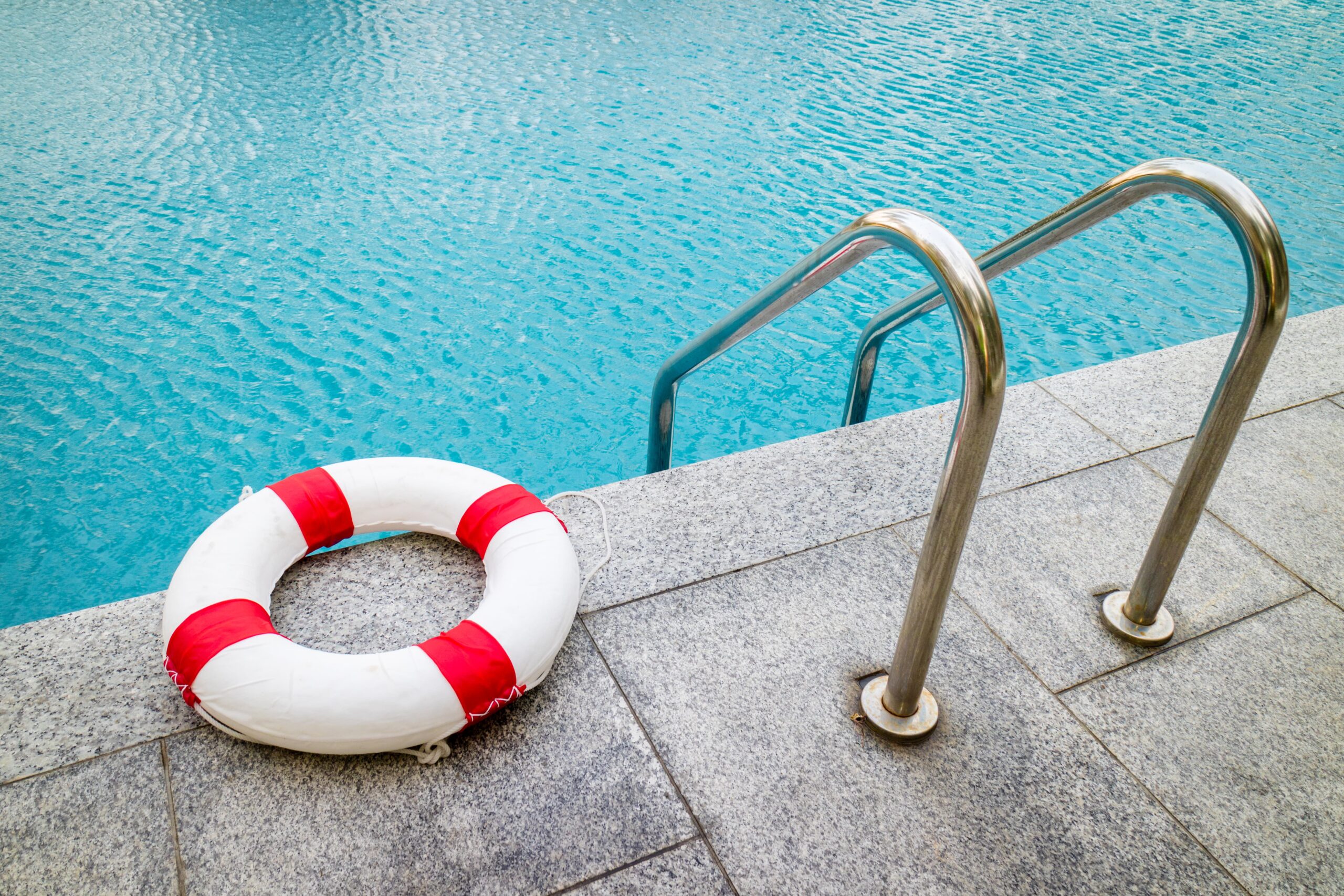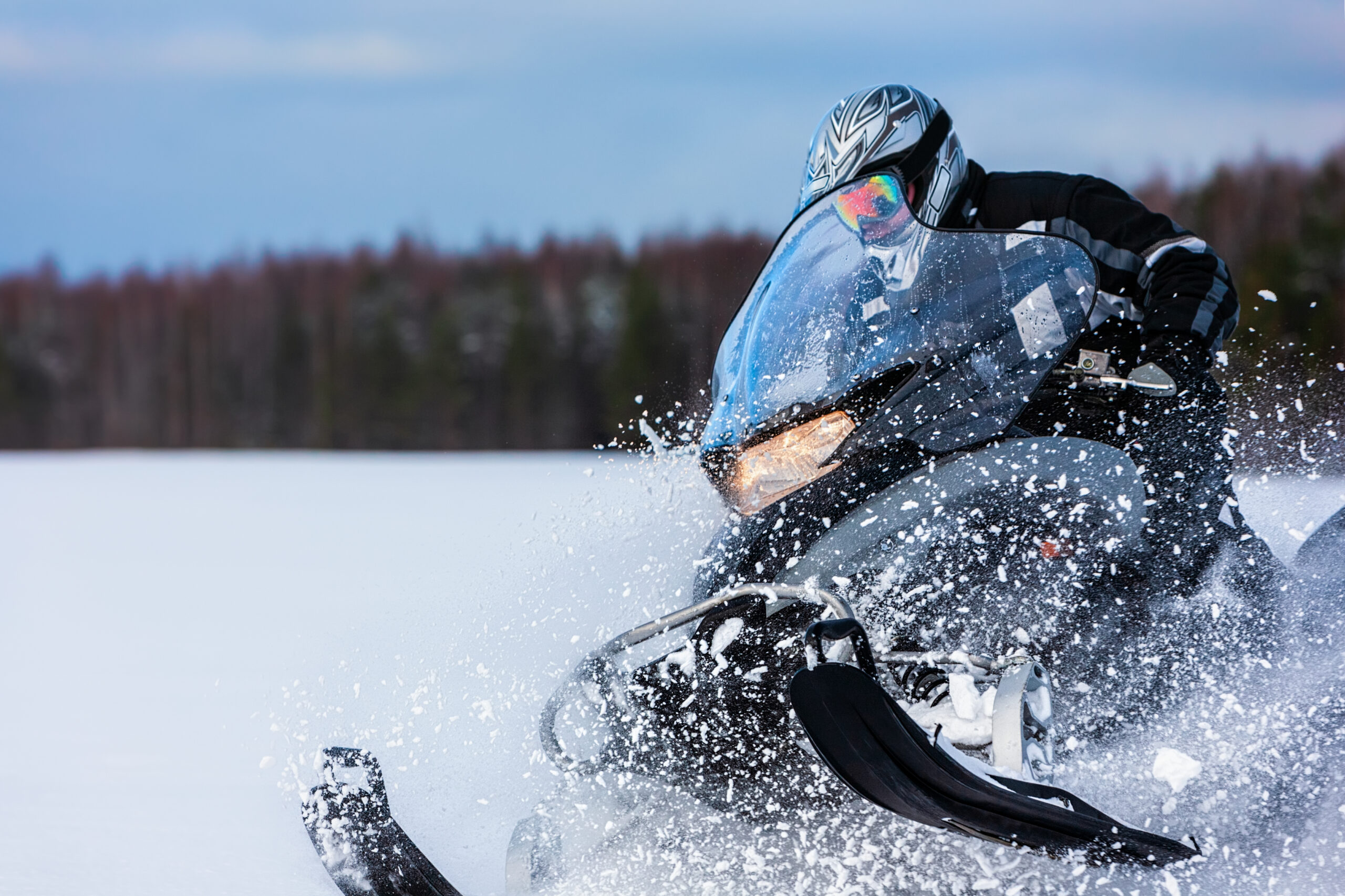Winter Worries: How to Stay Safe on Ice
Between sledding, hot chocolate, and the prime holiday season, winter can be the most wonderful time of the year. But the weather that accompanies is considerably less fun, particularly when it comes to driving.
Each year in Colorado, thousands of accidents occur in snowy or icy conditions. Why? Because often people don’t quite know what they’re doing when the roads turn their grimy shade of white.
To help you stay a little safer this year, we’ve put together a few tips to help you out:
Tip 1: Slow down.
Give yourself more time to get where you’re going. Even if you can’t leave early, remember that it’s far better to get there a few minutes late than to not get there at all.
A car moving slower (especially when it comes to turning or navigating curvy roads) is less likely to spin out than one going faster. Even if the posted speed limit says it’s OK to go a certain speed, use common sense and trust your gut.
Remember to start slowing for stop lights, stop signs, and turns before you normally might to make sure you have enough room to stop or get to a slower speed. Snow and ice mean you can’t brake or turn like normal because you risk spinning out of control.
Tip 2: Give yourself space.
While you shouldn’t ever tailgate other vehicles on the road, it helps to give extra space when the driving conditions are less than ideal. This way, you have room for error.
If you start sliding when braking, the extra space allows you to ease off the brakes with less fear that you’re going to plow into other vehicles. Plus, if you are hit from behind, you are less likely to hit the person in front of you if there is more space there. (We might not have control of the people around us, but we can take precautions to limit the damage.)
Tip 3: Pay attention.
Don’t eat. Don’t use your cellphone—texting or talking. Don’t do your makeup. Don’t fiddle with the radio.
Watch what drivers are doing around you. Even if you feel confident in your driving abilities, others on the road can still pose a significant threat.
Plan for stops well in advance. It’s much safer to let off the gas and let your car slow itself than it is to hit the brakes—especially if you have to hit the brakes quickly. In fact, if you have hit your brakes and you feel your car sliding sideways, it helps if you let off the brakes to regain control. (Make sure you have enough room to complete this maneuver, however.)
Tip 4: Use snow tires.
The snow tires’ deeper treads help with traction in the snow, snow studs help with traction on the ice, and specially designed tread patterns reduce snow buildup.
Better grip means better traction, reducing the likelihood of you losing control of your vehicle.
Tip 5: Practice.
Don’t just practice avoiding bad situations—practice what to do if you actually lose control.
Try starting out in an empty snow- and ice-covered parking lot or street. Start slow and work your way up a bit in speeds. Find out what happens if you turn the wheel too hard. Find out what happens if you slam on your brakes. Make sure you have plenty of room for when things go wrong (which is kind of the point here) and use your common sense to not go too quickly.
It can help reduce feelings of panic if you know how your vehicle reacts when you are actually in situations where you’ve perhaps turned too quickly or slammed on the brakes when you shouldn’t have.
If you do lose control of your vehicle, stay calm and steer in the direction you want to go.
Though safe driving habits increase your chances of passing through the winter without a crash, accidents still happen. Fortunately, the team of personal injury lawyers Colorado drivers need can be found at Bachus & Schanker. If you end up in an accident this season, contact Bachus & Schanker to determine whether working with a personal injury attorney is right for you.






